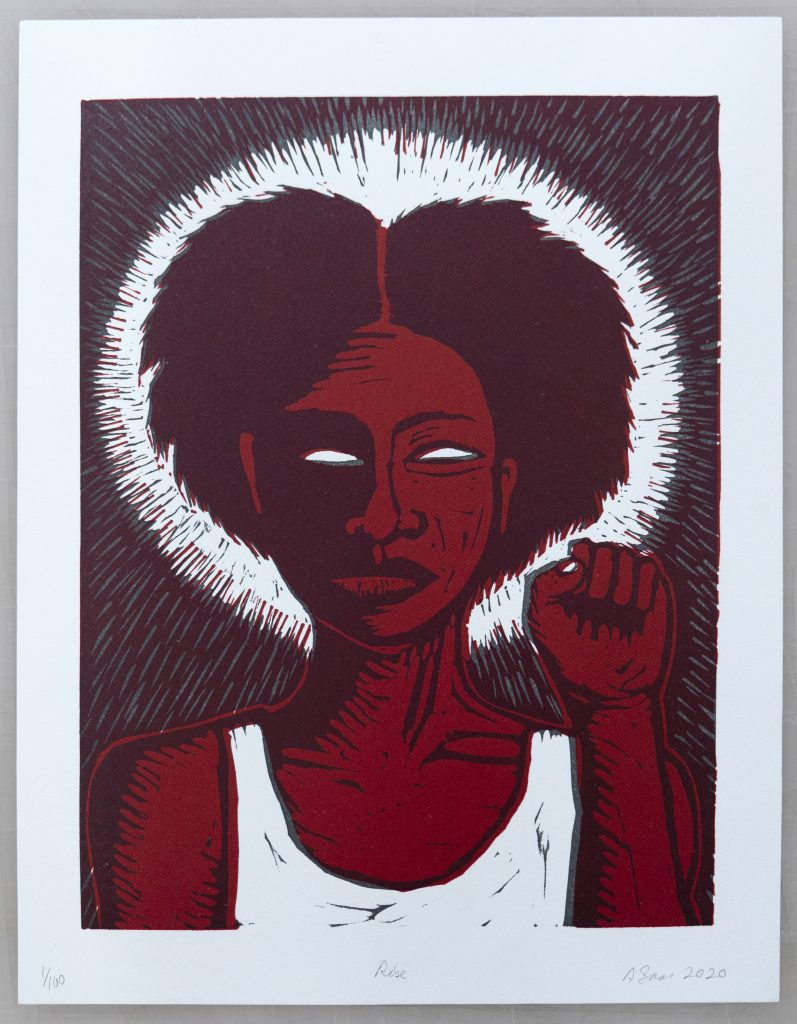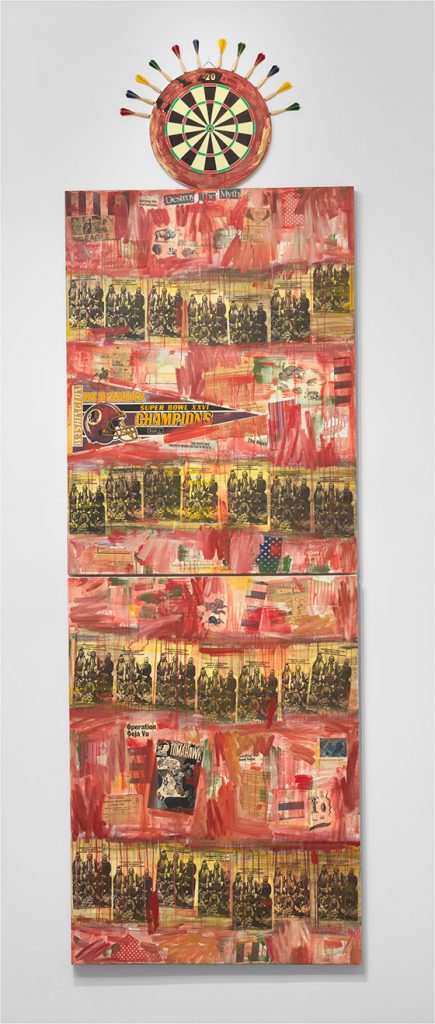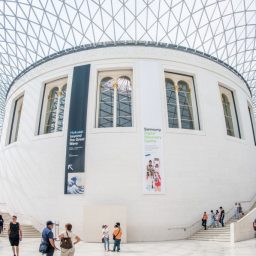Art Industry News is a daily digest of the most consequential developments coming out of the art world and art market. Here’s what you need to know on this Tuesday, July 7.
NEED-TO-READ
Frederick Douglass Statue Torn Down – A statue in Rochester, New York, depicting the former slave turned abolitionist and activist was torn off its pedestal on Sunday. The statue was erected in 2018 at Maplewood Park along with 13 other monuments to Douglass in celebration of the 200th anniversary of his birthday, and Sunday was the 168th anniversary of his famous speech, “What to the Slave Is the Fourth of July?” Police found the statue damaged and left in a ravine some distance away, though they have not yet found those responsible for its dismantling. (Guardian)
University of Kentucky Sued Over Mural Removal – A former student is suing the University of Kentucky after it removed a New Deal-era mural that depicts enslaved and Native American people tending to tobacco plants. Wendell Berry, who was a friend of the artist Ann Rice O’Hanlon, argues that the 1934 fresco belonged to the people of Kentucky because it was created using government funds. He is also trying to ensure that a counter mural by artist Karyn Olivier, which recasts the problematic figures in the original mural in a new light, also stays put. Olivier says that she would remove her work if the original comes down, explaining that censoring the original mural amounts to censoring her response. (New York Times)
National Gallery Acquires First Painting by Native American Artist – The 83-year-old museum in Washington, DC, has made its first acquisition of a painting by a Native American artist: Jaune Quick-to-See Smith’s I See Red: Target (1992). The purchase was funded by collectors and Glenstone founders Mitchell and Emily Rales. “On the one hand, it’s joyful; we’ve broken that buckskin ceiling,” said the artist, who is a member of the Confederated Salish and Kootenai Nation in Montana. “On the other, it’s stunning.” The institution owns dozens of works on paper by Indigenous artists, but they have rarely, if ever, been on display. (USA Today)
Is the UK Arts Bailout Too Little Too Late? – The UK government belatedly announced this week that it would be offering a $1.9 billion bailout to its arts sector—but with more than 50 percent of museum and gallery directors doubting whether their institutions will survive, the future of the country’s cultural landscape is still not guaranteed. Considering the scale of the problem, the bailout “feels more like a box of band-aids than a life-saving transfusion,” the Independent‘s Mark Hudson writes. (Independent)
ART MARKET
Sotheby’s Unearths a Rubens – Sotheby’s London is selling a long-lost Rubens painting on July 29. The 17th-century Portrait of a Lady was previously believed to be from the Baroque painter’s studio. The seller bought it from a family collection, where it had been for 139 years, for £65,000. It carries an estimate of £2.8 million ($3.5 million). (FAZ)
FIAC Organizers Forge Ahead – The organizers of FIAC, the Modern and contemporary art fair in Paris, plan to proceed with the event as planned from October 21–25. The move comes after Art Basel cancelled its rescheduled Swiss edition in September and uncertainty remains surrounding Frieze London in October. Some wonder how FIAC will fare if Americans cannot travel to France and other international travel is curtailed. The full exhibitor list has yet to be announced. (The Art Newspaper)
COMINGS & GOINGS
Nicole Eisenman’s Münster Installation Gets Funded – The New York-based artist’s beloved (and also repeatedly vandalized) fountain installation originally created for the Skulptur Projekte Münster in 2017 will become a permanent fixture in the German city. After almost three years of fundraising, Münster accrued the €800,000 ($903,264) needed to acquire the work. (ARTnews)
France Names a New Culture Minister – Roselyne Bachelot was appointed by the country’s new prime minister Jean Castex to the role. Bachelot’s politics lean center-right; she spent the past eight years working as a radio and television commentator after serving as health minister and minister of ecology and sustainable development. Bachelot is replacing Franck Riester, who came under fire for his lackluster support of the culture sector during the lockdown. (TAN)
FOR ART’S SAKE
Yvette Mutumba on How to Decolonize the Museum – The Stedelijk Museum’s new curator-at-large speaks about the road ahead for museums looking to decolonize their spaces. Art institutions must fundamentally change their structures, rebalance the diversity of staff, and, crucially, Mutumba says, stay “true to the statement and plans they have started to announce.” There can be no moving onto “the next topic,” she notes, as decolonization is a continuous process. She also urges BIPOC artists to resist tokenizing offers from institutions that are not doing the real work. (Frieze)
Alison Saar Releases a Limited-Edition Charity Print – The Los Angeles-based multimedia artist has created a limited-edition print that will be released in collaboration with LA Louver Gallery to benefit three local Black- and Brown-led organizations. The 100-run print, Rise, shows a Black woman with her fist raised in solidarity. Each print is $250; proceeds will go to Dignity and Power Now, Crenshaw Dairy Mart, and Summaeverythang Community Center, the organization founded by artist Lauren Halsey in 2019. (Press release)

Alison Saar, Rise (2020). Courtesy of the artist and La Louver Gallery.










